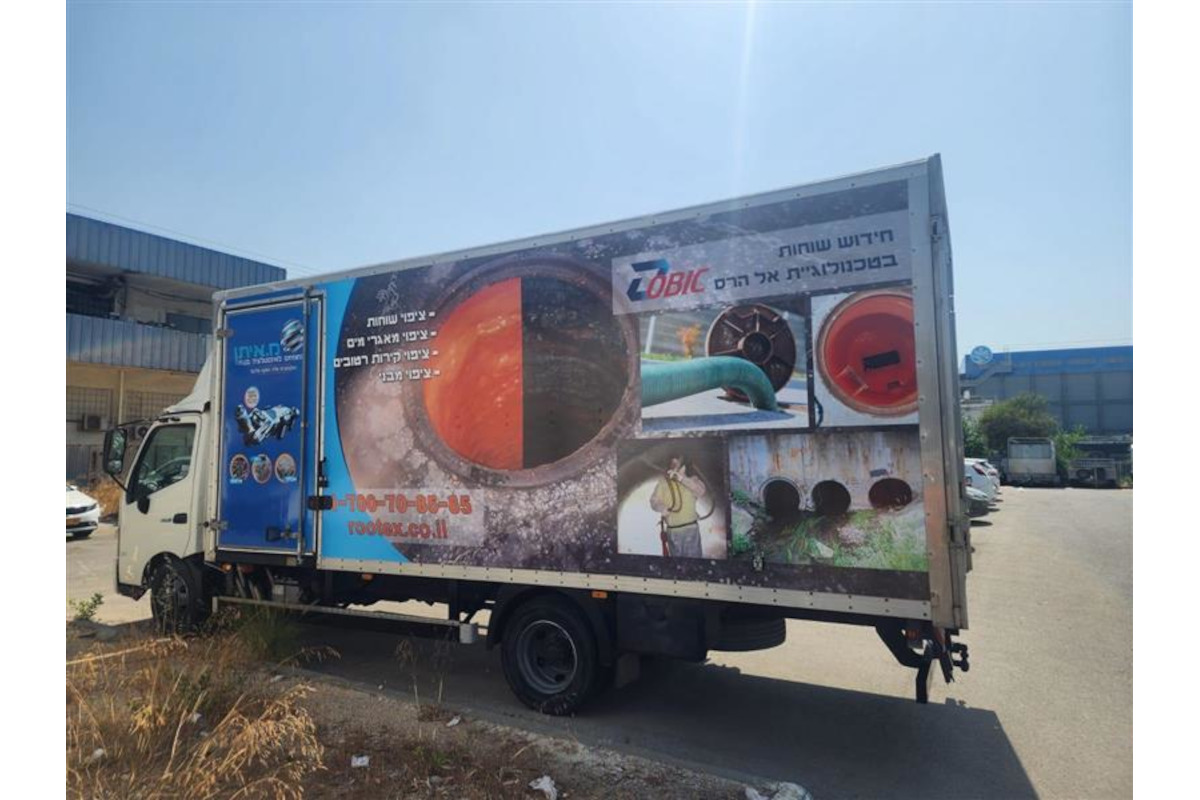Competency Standards for a Changing Business Environment

For example, confined space workers need to hold the relevant documentation and certificates and certain types of machinery may not be used by untrained and certificated personnel and CCTV surveyors need to meet a certain reporting standard etc. This situation, while to some a burden, is seen by most to be totally necessary to ensure the safety of the workforce and the public that may pass near to a work site.
The United Kingdom Society for Trenchless Technology (UKSTT) has always prided itself that one of main aims is to promote the safe implementation of trenchless technologies across the buried services industries in the United Kingdom. As part of this drive toward high health and safety (H&S) and operational standards, UKSTT has implemented and arrangement with one of the U.K.’s leading training providers, Develop, to provide city and guilds recognized and approved training across various aspects of the trenchless family of technologies.
These courses not only cover the mandatory H&S requirements that operate in various sectors of the utilities and buried service sectors but also offer basic training in some specific technologies such as cured-in-place pipe (CIPP) lining, for example.
While the mandatory health- and safety-related courses are normally well attended, those relating to specific technologies are less so. Why is this? It would seem that the general opinion is that unless a certification is mandated by law or is a specific requirement called for by client companies, there is no real need for contractors to expend the cost of such a course, the cost of which would ultimately has to be passed on to the client through project fees. This could make one contractor holding such certification uncompetitive compared to one that does not.
The other side of the coin is that while clients understand the need for contractors with the mandated certifications there is something of an assumption that a contractor offering to use a specific technology has had all its operatives trained in that technology. While at a basic level this may be true, unfortunately without a specified minimum standard there is nothing to say that the training undertaken by the operatives of one contractor is to the same standard as that of another. So does the client always get what it thinks it is paying for?
Some readers of this article will look at it and think, “We don’t need to worry about this. We know how well our workforce is trained.” However, at present, in some aspects of the industry there is no set minimum standard with which to compare different companies and their competency levels. So it appears that until industry regulators or the clients themselves call for such a comparative set of standards none will be pro-actively provided by the contracting fraternity.
Reasons to Look Again
This of course begs the question: Does this really matter, provided the client has made sufficient investigation of its contractor to ensure it meets the standards it requires? The answer to this may be two-fold.
Currently clients tend to be working with contractors they know and trust and with whom they have long term relationships, so the contractors know what is expected and works to meet these ‘internal’ standards.
However, the situation is about to take what some are expecting to be a somewhat drastic turn with the implementation in October 2011 of the Private Sewer Transfer Initiative.
Various meeting and seminars have highlighted that while current ‘main’ contractors are expecting their workload to increase with the transfer they themselves have little capacity to complete the new workload in-house. This means that will be looking to the smaller contractor community to take on this work.
There is, however, very little in by way of ‘across-the board’ certification that could be used to compare these contractors in terms of competence and ability other than the smaller contractor’s ‘manufacturers’ training that would have been given when taking on any given technology.
The current situation means that there is little control, monitoring, etc., of individual technologies such as CIPP installation in that little final testing is undertaken, methods of installation vary from contractor to contractor with perhaps too much emphasis being placed o the supplier’s training by the client companies and word-of-mouth ‘reputation’ (where in future the ‘client’ companies may simply be the ultimate utility owner’s main contractor that will ultimately carry the can for any shortfall in subcontractor performance).
Does this add weight to the argument that topic-specific training and certification should be considered by client companies as a way forward in an industry where such major change is imminent?

As an example of how this situation is dealt with in other areas of Europe, Germany operates the DIBT scheme, which looks at not just final product quality but also the method and practices involved in the installation and the level of competency of individual operators. Should the U.K. industry be asking the question: Is this a format that needs to be considered here? If it is, then it should be looked at sooner rather than later and before the sewer transfer initiative becomes reality and potentially projects are compromised by sub-standard workmanship and lack of minimum standards training. If so, who should oversee, set and monitor such standards.
The courses currently on offer through organizations such as UKSTT/Develop have already gained city and guilds approval and so make an excellent starting point for spreading this type of competency training and certification across the United Kingdom. The types of courses that may be considered in this category include: Confined spaces – City & Guilds Medium or High Risk; and CCTV – OS 19: Manual of sewer condition classification (BS EN 13508-2), which applies to pipe sewers 22 5mm diameter and above or City & Guilds OS22: Private drainage systems which applies to 100 mm and 150 mm domestic drains and sewers.
Perhaps it is time for client/main contractor partnerships to think again about what will be needed to maintain high standards in the very near future.
This article was supplied by the United Kingdom Society for Trenchless Technology.




